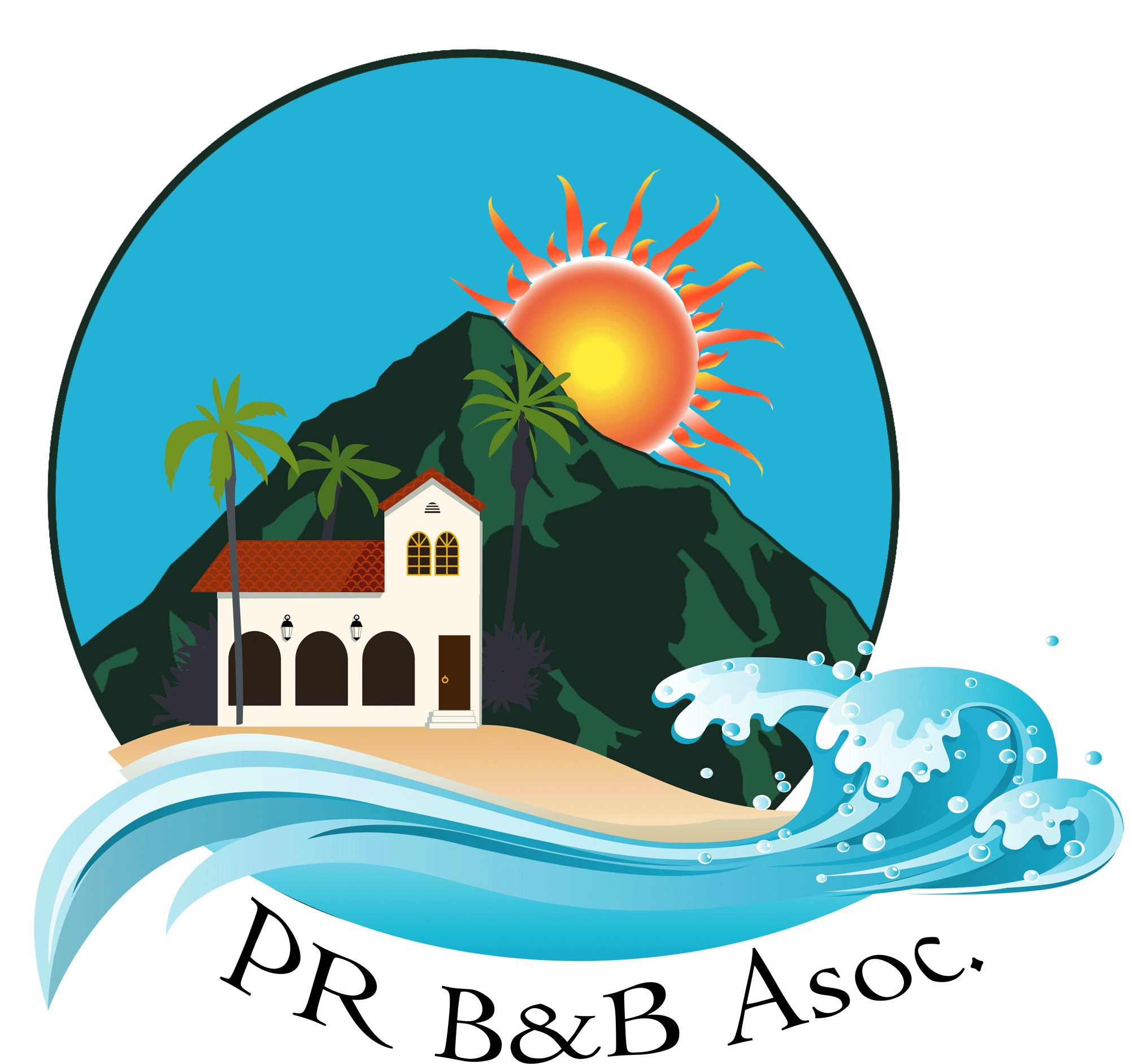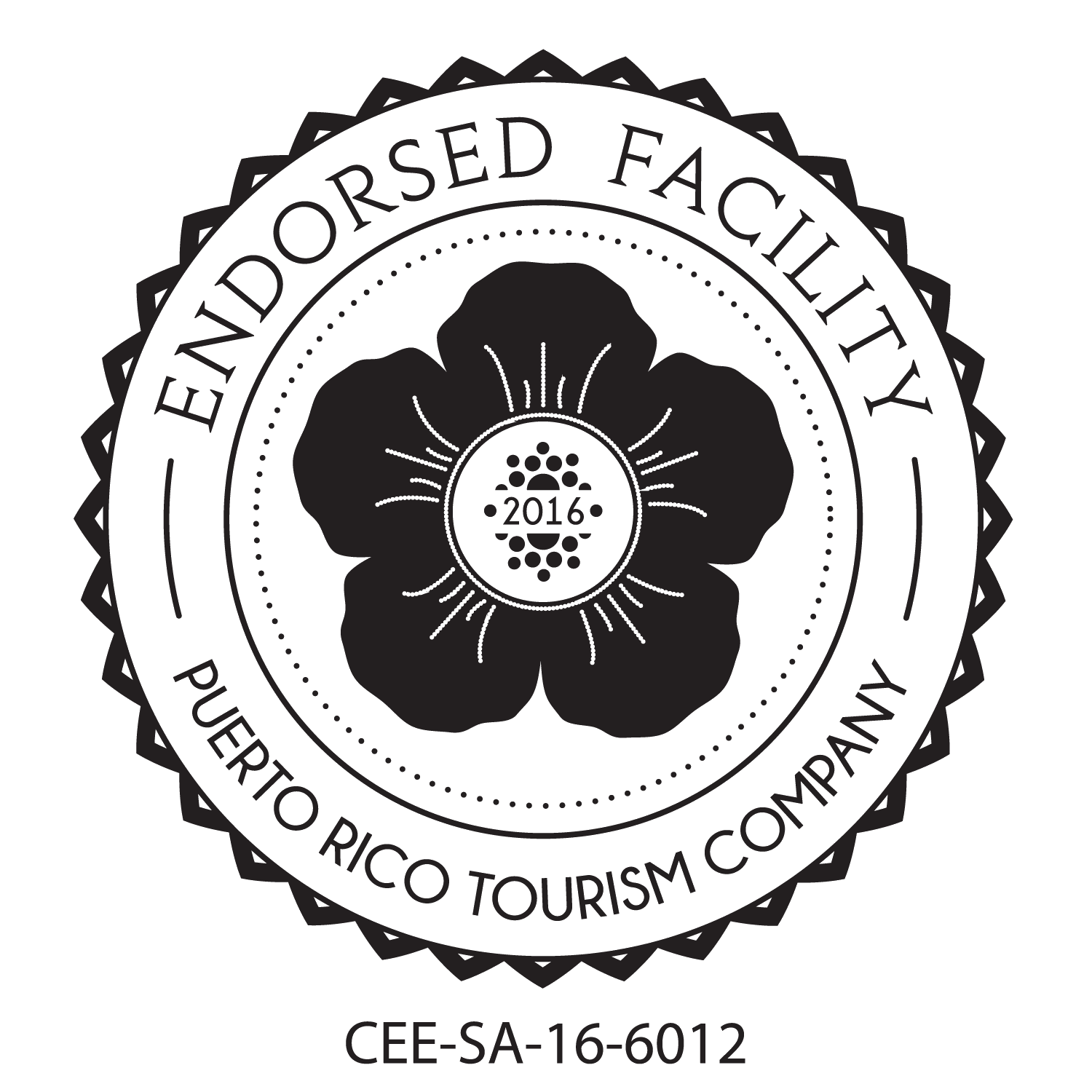Check out another green bed and breakfast
During our day to day operations and new construction we have done our best to harm the environment as little as possible. We aren't the only bed and breakfast to incorporate or try to incorporate green methods. It is very popular now to be green. But sometimes being green is not very practical. I'm going to list some of our efforts and explain why we have chosen them over some of the less practical green construction options there out there.
There is a TV show about an Inn in Africa called "Life is Wild". The show is about a Brady-Bunch type of family which moved to Africa to get in touch with each other while starting over as inn-keepers. If you watch the first couple of episodes you will see that there is some "bed and breakfast" stuff thrown in that is actually more true to life than often depicted in other television shows. Another example is the Tori Spelling show. It is a reality show about running a bed and breakfast a but it is completely off base because the guests of the Tori Spelling place are only there in the hopes of being on TV and the operations are a dead loss as the profit center of that place is the TV show. Both of these new TV shows throw in lots of references to "green" construction, "green" paint and other environmentally friendly devices sometimes as a source of humor.
Also there are blogs like mine that discus the popular "greening" of bed and breakfasts. Wendy's Bed and Breakfast Blog is an example. If you want to learn about some of the work that needs to be done to make a house into an Inn you can read about it in her excellent blog. Wendy is also trying to make her new place "green" in an honest effort to try to save the environment as best as one person can do while still surviving. Green Hotels and Inns are trendy.
Five years ago when we started renovating the hurricane ravaged estate that was to be the rainforestinn we weren't thinking about green construction. We were mainly thinking about how we would ever be able to accomplish such a huge task with the limited resources that we could scramble together (mainly just our wits and a little brawn). We ended up recycling building materials because it was cheaper to use all the piles of lumber, fancy antique bathroom fixtures, twisted used copper pipe and other materials that were left over from the destroyed main house. We learned as we went along what was practical to recycle and what we were better off purchasing new. The old cedar was begging to be re-cycled. The ubiquitous rainforest termites had done us the favor of cleaning the sapwood off which left just the prime quarter-sawn heart wood boards for us to sand to bare wood and varnish again before I used them to make the new high vaulted ceiling-roof for the villa. The antique bathroom fixtures, like the claw foot bath tub, were worth all the effort making weird old fittings fit to modern plumbing. We learned something about toilets though. The bowl of a modern toilet is molded so that the gallon of water (less when trying to be green and water saving) actually flushes all the stuff down in one swoosh. So we used the antique backs (which matched the sinks) and put them on modern toilet bowls. For our newest bathrooms we bought toilets which can be flushed "a little" or "a lot" depending on what you're flushing down.
The most important thing we learned about being green is that you have to know quit a bit about construction to do it in a practical manner. We collect rainwater for all our water needs. We learned that the best way to pressurize the water is to use a well pump in the cistern and fool it into thinking it's in a well by using a ten inch diameter PVC pipe to install it in. In any case always use a submersible pump as they are the most efficient (you use less electricity -- also being green) and they are quiet. We are even building our pool system with the pump house below the pool level so that we can use a quiet submersible pump. But is it really being green to collect rainwater, store it in cisterns and pump it using electricity for the necessary pressure? Perhaps if we build a windmill for the electricity it will then really be green.
Separating grey water is a good idea too especially if you have some gardens to water with it. It is a very bad idea to mix your gray water into the rainwater collecting cisterns as it is hard enough already to keep those sterile (we use a little chlorine once in a while which even in very small amounts kills the deadliest amoebas instantly). If you use the right detergents in your laundry (lots of phosphates) the gardens will bloom magnificently from the gray water irrigation. Using a detergent with lots of phosphates will also make your bed sheets much cleaner. Stay away from "green" detergents as they are expensive and don't clean as well. If you aren't connected to a sewage line where the phosphates would wash into the sea and cause algae bloom then you don't need to worry about phosphates.
Using solar heat is a very practical green method especially with the new vacuum tube solar heaters. They are very efficient and used in conjunction with a demand heater (for the times when every guest is showering at once) they will actually pay for themselves too.
Outdoor lighting is best done with LED lamps powered with small batteries charged by solar cells. They are cheap. They work well and you don't have to run wires all over the place. Also replace all your incandescent bulbs with the new energy saving ones even if they are expensive and sometimes buzz loudly.
By all means put compost buckets in all the guest's rooms. It will cut your garbage generation in half as well as help you build lots of new rich soil for your garden. They also make it easier to keep animals out of your garbage as there won't be anything interesting for them to root out. Separate cans for paper, plastics, and aluminum are also a good idea.
Those are pretty much all the practical green methods that we have proven out here. I have heard of some other things to try but most of them are very "gimmicky". Don't waste any money on "green" paints as they are just latex based paint that can be purchased at better quality and lower price without the "green" label. It is also very difficult to make a light colored paint without using titanium dioxide and it is impossible to make a long-lasting paint without adding a little fungicide. Of course the low-cost recycled paints are fine.
Please if anybody has any other suggestions for cost-effective green strategies please let me know.
____
Since I posted this we found out about http://www.chezsven.blogspot.com/ . This is Chezsven Bed & Breakfast in Wellfleet, Massachusetts and they are even more green than we are! Their also much better about updating their blog. Very interesting reading.













